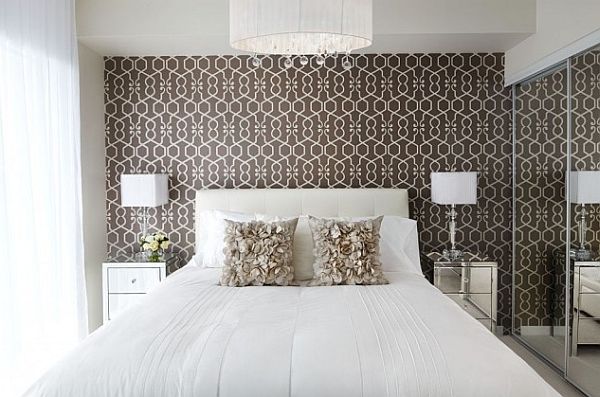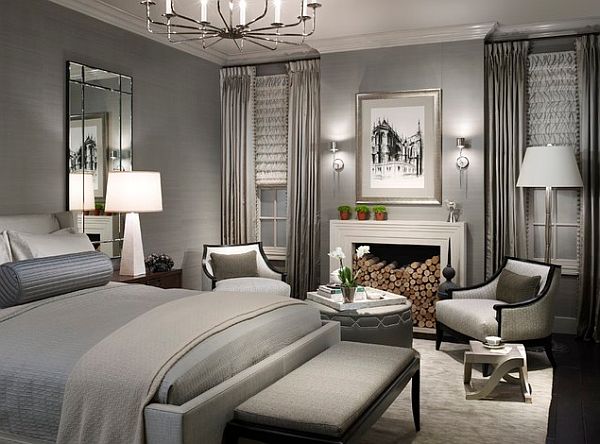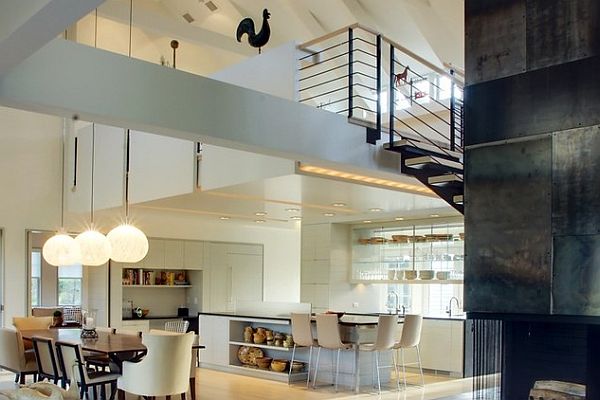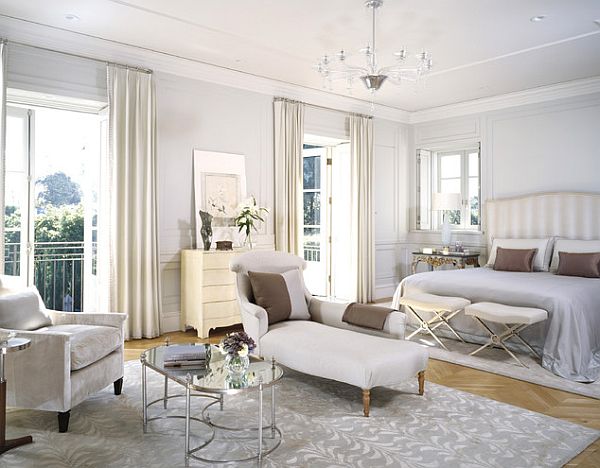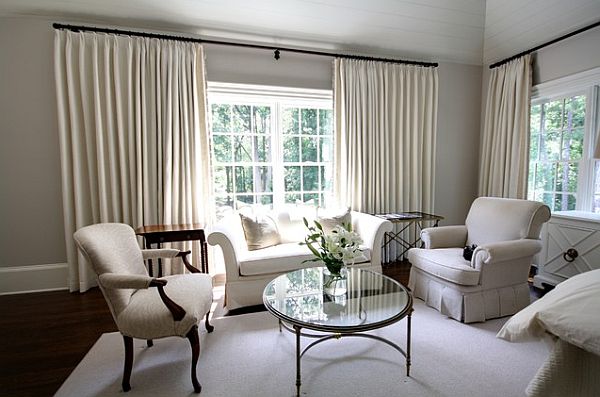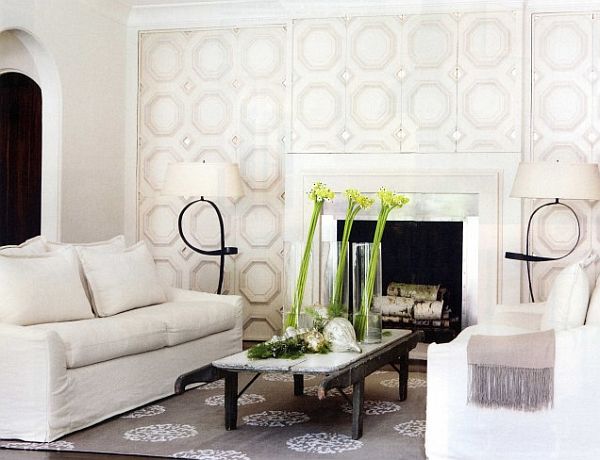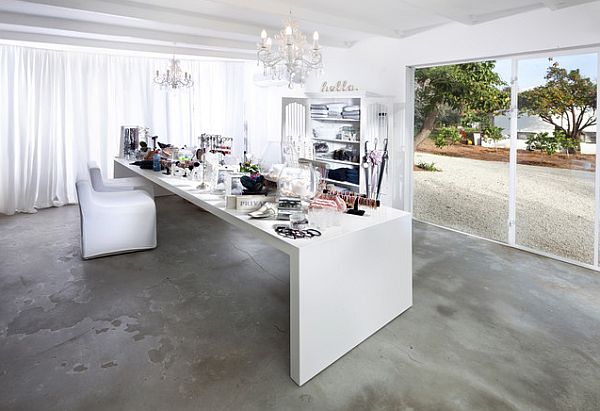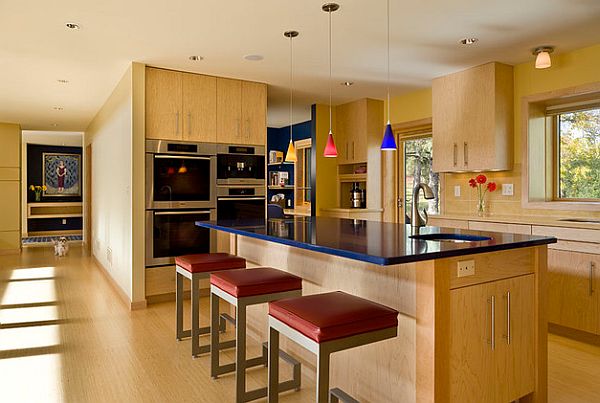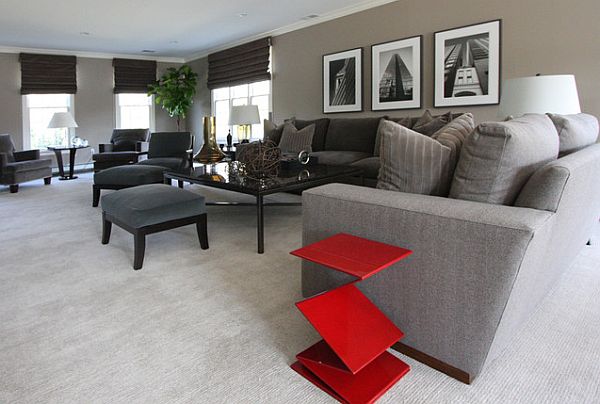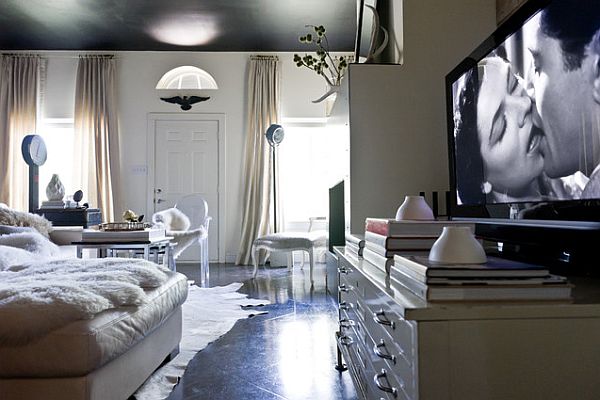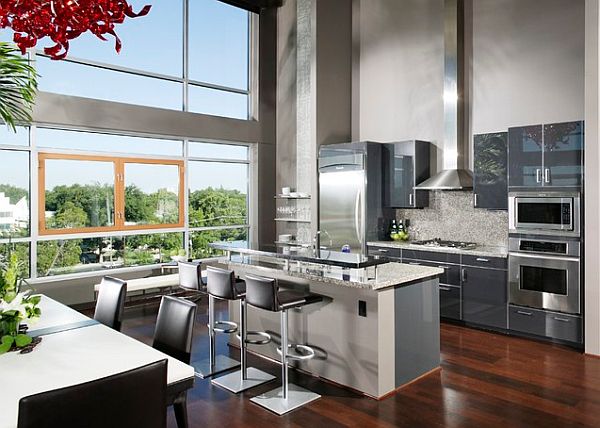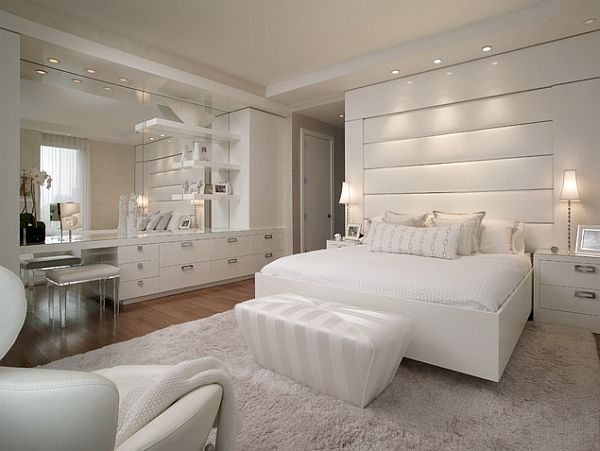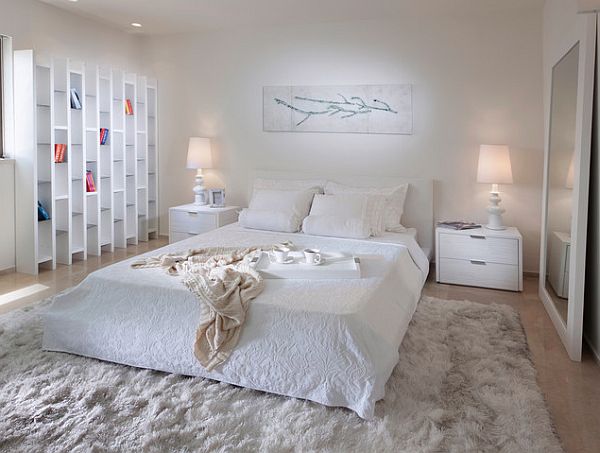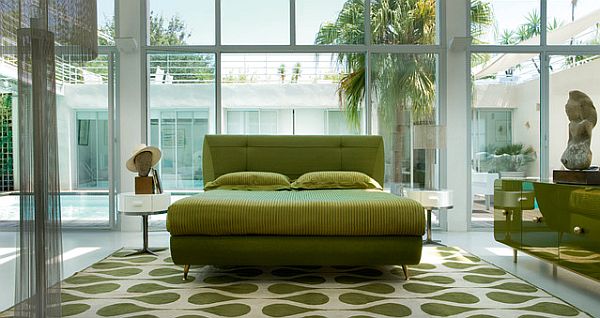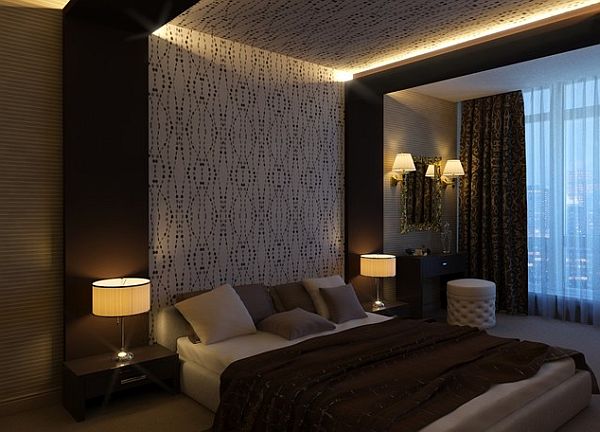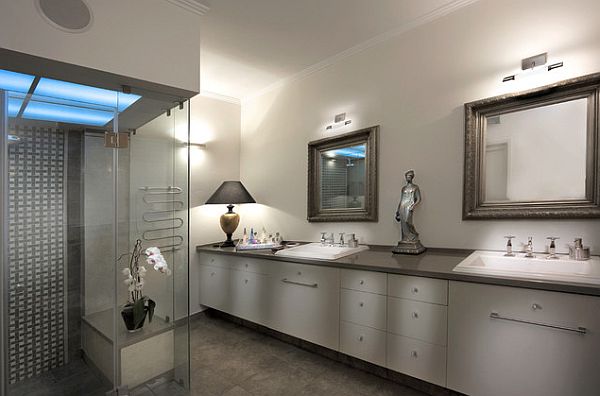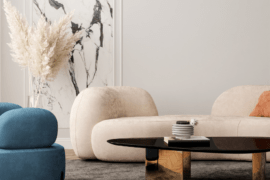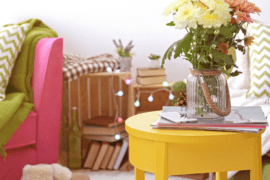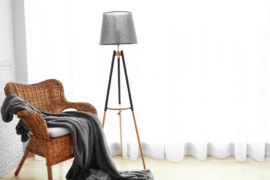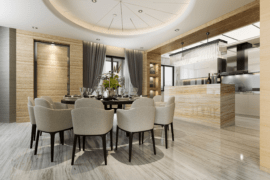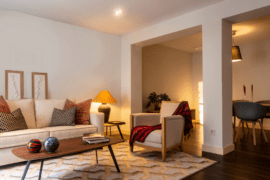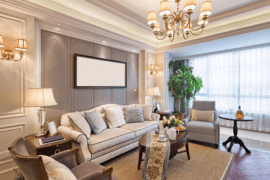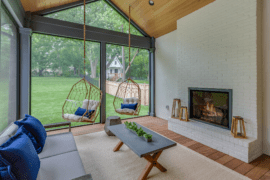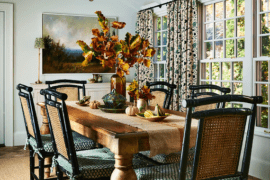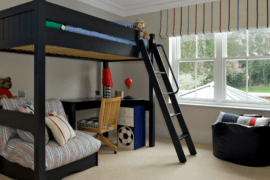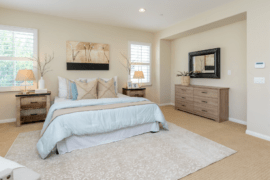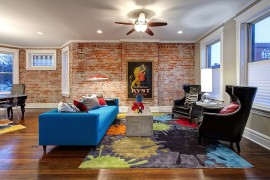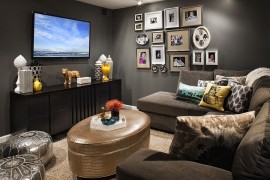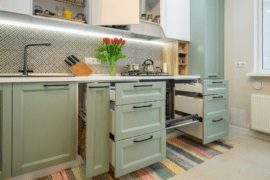Have you ever watched a home improvement program on television and, instead of feeling inspired, felt even more out of touch? When it comes to home décor and design, implementing new techniques can seem terrifying. An arrangement, piece of wall art or color palette that looks ravishing in a trendy television home can sometimes look like an out-of-place mess when added to your current home design.
This is why, when first entering into the world of décor, it’s best to take baby steps. Additionally, sometimes it’s best to start with something extremely simple – such as a monochromatic room.
When people hear the word “monochromatic,” they instantly act repulsed, conjuring up images of a Willy Wonka style fun house in which the chairs and sofas blend in with the walls. Au contraire, my budding novice. A monochromatic color scheme can be anything you want. From contemporary modern to elegant and old-fashioned, there are plenty of design styles that implement monochromatic design.
One thing to remember about a monochromatic color scheme is that it doesn’t have to be the exact same shade repeated over and over throughout the room. In fact, it’s much more effective if you use one color in differing shades and tints. For example, if you decide on a gray monochromatic scheme, you can cover the range in everything from charcoal and gunmetal to a soft slate and taupe. The same goes for blue – start with a soft powder blue and work your way up to a royal or midnight blue. It can help to think of monochromatic as ombre, and work your way shade by shade.
As you decorate with your monochromatic scheme, you may notice that certain areas could benefit from a contrasting color. This is good news – it means you’re learning proper placement of colors and weighting. As you’ve likely already discovered, home décor is an ongoing endeavor and forever a work in progress.
